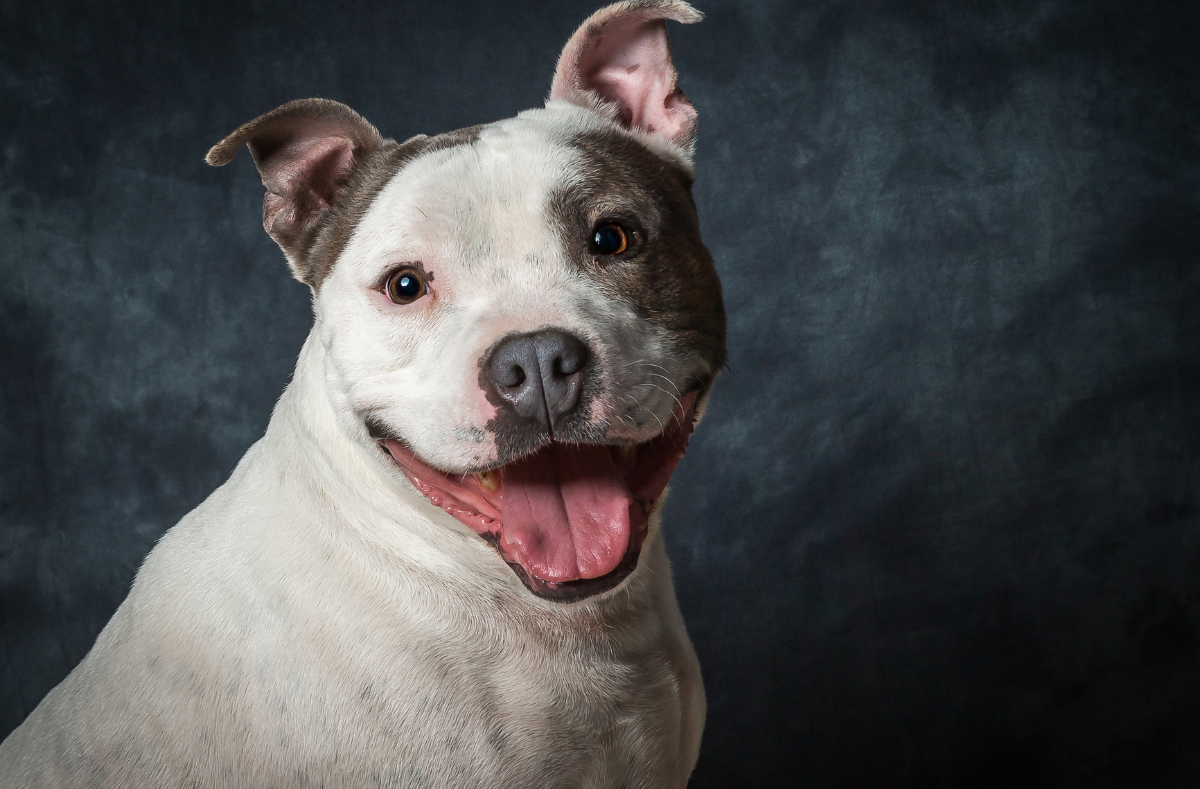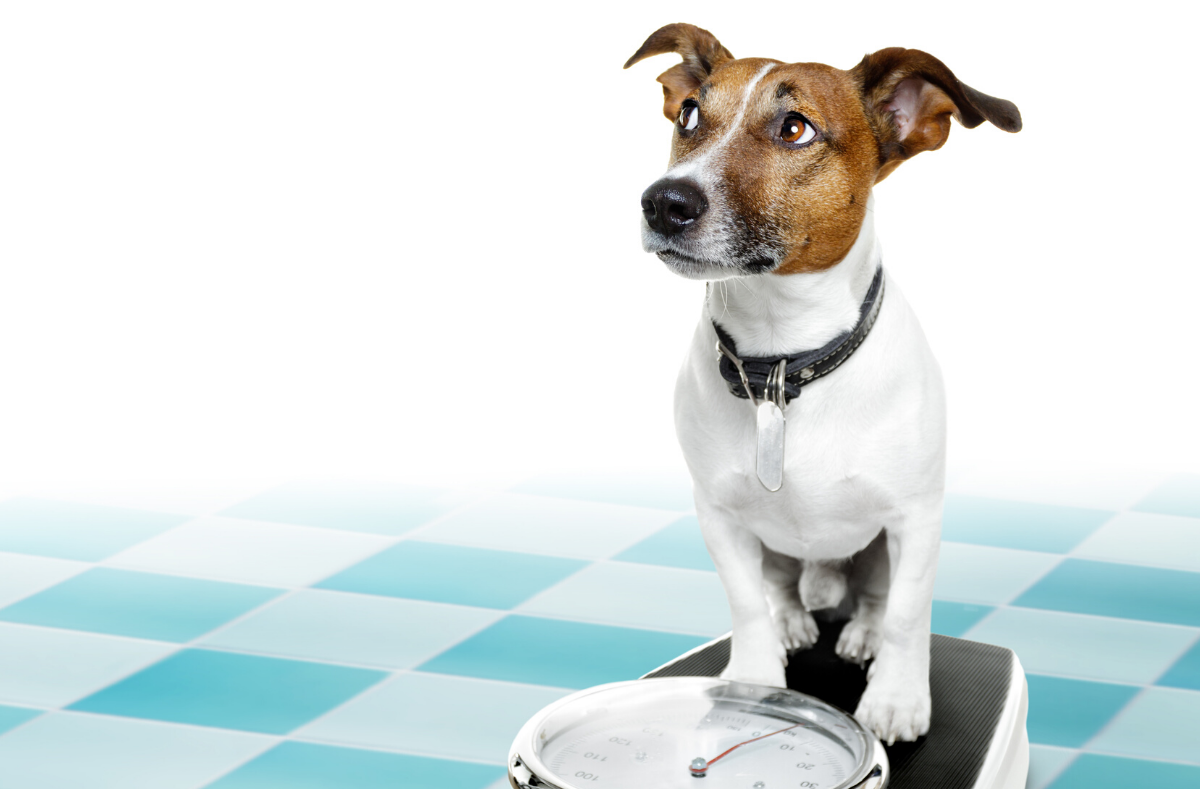
Recommendations for puppy owners
Congratulations on welcoming home your new furry family member! 🐶
This is such an exciting time and we want to help make the transition into the home as smooth as possible. It is important to start proper training and routine veterinary care right away to lay the best foundation for your puppy. We encourage you to read through this article and ask us any questions you may have!
Recommendations for puppies
1) Diet
The number of meals per day: less than 6 months old = 4 meals a day / 6 months old = 3 meals per day / adult = 1- 2 meals per day
👉 The amount of food is measured based on the size of the dog (small, medium, large, giant breed).
👉Food needs to be left out for 20 minutes, then picked up
👉 To prevent food aggressive behaviors, feed some directly from your hand
👉 Pet your puppy while eating
👉 Water should be given at all times
👉 After the meal, give at least 30 minutes of rest
👉 Allowed food: commercial food (dry or wet) for puppies until 1 year of age (small to medium dogs), and until 18 months (large breed dogs)
👉 Treats shouldn’t be more than 10% of the diet
👉 Recommended brands: Hills, Purina, and Royal Canin due to extensive clinical research
Risky current nutrition trends:
⚠️ Raw meat diets: contaminated with Salmonella and other pathogens, which can cause diarrhea, dehydration, and sometimes death
⚠️ Homemade diets: unbalanced diets
You can use a board-certified vet nutritionist to create a balanced recipe!
⛔️ Prohibited food: pork or lamb meat, organs or bones, fish or chicken bones, chocolate, almonds or sweets in general, fresh bread or dough, grapes, raisins, avocado
2) Grooming and desensitization
Play with your puppy’s feet, tail, mouth, and ears early so that toenail trims, grooming, and ear cleanings are easier later in life; no baths until vaccination plan is completed; just wipe the muzzle, paws and the rear; after 16 weeks use products for dogs (oatmeal shampoo); long hair breeds should be combed and brushed daily; some haired breeds will need to have their hair cut at a groomer.
3) Exam
The veterinarian will perform a physical exam at each appointment to check if your puppy is healthy, identify genetic issues, and evaluate development; adults should be seen every 6 months to identify and treat diseases earlier.
4) Parasites prevention
Internal and external parasites are a risk factor for both animals and humans, that’s why it’s imperative that pets receive deworming, flea, tick, and heartworm prevention.
Parasites can be:
📌 Intestinal – contract through soil or their mother’s placenta; can cause diarrhea, weight loss, lethargy, and anemia. Some are contagious to people and can cause GI issues and blindness. A massive infestation will be treated based on fecal exams, and monthly prevention will be given along with heartworm.
📌 Fleas – everywhere outdoors; cause itching, allergic reactions, anemia, and transmit other diseases like tapeworms and plague. Flea prevention is usually combined with tick prevention and should be given year-round, every 30 days.
📌 Ticks – transmit many diseases (Lyme, Ehrlichia, Anaplasma, and others); we highly recommend year-round prevention given every 30 days
📌 Heartworms – spread by mosquitoes; live in the pulmonary arteries. They migrate in the heart causing difficulty breathing, coughing, and death. It is recommended prevention given every 30 days as well as yearly heartworm testing starting at 8-10 months old.
Type of Parasites Control:
Numerous products differentiated by the type of applications, duration of action, and species of parasite targeted; recommendations made based on the dog’s lifestyle, hunting activity, and travel history.
5) Vaccination:
👉Puppy immunity: 0-4 months from mother’s milk, after 4 months develop their own immune system;
👉We give vaccines to stimulate the puppy’s immune system properly; during the vaccine series the pet should not come into contact with other animals with unknown vaccine history; no dog parks, no puppy classes during this period.
📌 Distemper combo: core vaccine, starting 6-8 weeks old, given every 3-4 weeks till 16 weeks; booster at 1 year, then yearly. Protects against: Distemper virus, Parvovirus, Parainfluenza, Adenovirus;
📌 Rabies: core vaccine; disease is fatal and contagious to humans; spread through a bite from infected animals. Vaccination should be given once at 16 weeks, booster at 1 year of age, and then yearly.
📌Leptospirosis: important in our area due to its prevalence; transmitted by wildlife urine through ponds and other water sources. It causes kidney failure in both dogs and people. Vaccination should occur around 12 weeks, booster 3-4 weeks later, and then given yearly.
📌 Bordetella is optional; protects against the main agent of ‘kennel cough’; spread at doggy daycares, training and boarding facilities, shows, parks groomers; given every 6 months, starting around 12 weeks.
📌 Lyme and Canine influenza virus are also optional and are going to be recommended based on the animal’s lifestyle (traveling, boarding, outdoor activities). These should be given around 12 weeks, booster 3-4 weeks later, and then given annually.
6) Dental care
👉Start daily teeth brushing (8-12 wks) to prevent tartar and gingivitis;
👉Any bacteria from the mouth can get into the rest of the body and can lead to early heart, liver, and kidney disease;
👉Feeding dry food over canned will act as a mechanical scraper to reduce plaque;
👉Look for the Veterinary Oral Health Council (VOHC) stamp when choosing dental products; bones and antlers can crack the tooth, which is extremely painful and requires surgical removal;
👉We recommend annual dental cleaning and radiographs, starting age 3.
7) Spay and Neuter spaying (females) and neutering (males)
👉For males, neutering decreases prostate disease, aggressive behaviors, roaming, marking, and eliminates testicular cancer;
👉Females, when spayed before their first heat cycle, have a 0.5% chance of getting mammary cancer, which is common in older intact bitches; spaying also eliminates the chance of ovarian cancer and pyometra (which is when the uterus gets infected and can be fatal);
👉We recommend almost all animals be sterilized at 5-6 months of age; large and giant breed dogs may be sterilized later, to allow more time for skeletal growth;
👉If breeding, both the stud and bitch need genetic health checks to be screened out for hereditary diseases; please confirm buyers to avoid abandoning pets in shelters and euthanasia.
8) Microchipping
👉Small sterile implant injected under the skin;
👉Used to identify electronically your companion via a unique identification number associated with it;
👉 Your pet will be registered in a national pet recovery database with your contact attached to it;
👉The microchip is not a tracking device;
👉The primary benefit of microchip implantation is the increased chance of reunification of lost or stolen animals with their owners;
👉Some clinics use Thermo microchip, so it allows to obtain your dog’s body temperature just by scanning, without a rectal approach;
9) House training
👉Always use positive reinforcement (rewarding the good behavior with praise, treats, toys, attention) when your puppy goes to the bathroom outside;
👉Always take your puppy outside on a leash to the bathroom first thing in the morning, after each meal, after exercise, and in the evening;
👉If your puppy doesn’t go right away, wait at least 10 minutes before returning inside;
👉As your puppy grows, you can gradually increase the time between bathroom trips; outside trips should only be for the bathroom and not playtime in the beginning;
👉 Always confine your puppy to a crate, pen, or puppy-proofed room when you cannot completely watch them or else they likely will go to the bathroom in the house;
👉When your puppy does have an accident, be sure to clean it up quickly with an enzymatic cleaner to thoroughly remove the scent.
10) Crate training
👉Crate training and sleeping the crate is a safe place;
👉The crate should be large enough for the dog to turn around and move; a large breed puppy will need a divider to modify the size of the crate gradually;
👉Place the crate in a common area of the home like a family room, kitchen, or bedroom where the puppy will feel included;
👉 Keep the door open and let your puppy explore before confining them for an extended period of time;
👉Putting treats in the crate will get your puppy to be more interested in going inside; start confining them for small amounts of time, about 10 minutes, while you’re at home; gradually increase the amount of time they spend in the crate as they become more comfortable with it;
👉Pee-pads, towels, or blankets can be placed in the crate to create a more welcoming environment, but toys should never be left in the crate; inspect the crate daily for loose parts, chewed blankets, or damage and replace anything needed;
👉If not willing to go in after giving them time and a gradual introduction, feed them breakfast and dinner in the crate with the door open while you are nearby;
👉If your puppy has an accident in the crate, clean it up thoroughly with an enzymatic cleaner to help reduce the scent so they do not repeat the accident;
👉At night when your puppy cries to go out, take them to the bathroom immediately; carry them from the crate directly outside; place them back in their crate as soon as you get back in the house.
11) Training
👉Training is never too early to start basic training!
👉You need to reinforce that good behavior within 3-5 seconds with praise or treat; alternatively, you can use a clicker;
👉Chewing and biting are normal behaviors for pups; provide strong chew toys of appropriate size.
👉When your puppy bites you, immediately redirect their attention to a toy to chew. Kong toys are especially durable toys; if your puppy continually bites, turn and walk away and have a firm voice. Then quickly offer an appropriate alternative.
👉Socialization should be done by introducing the puppy to other animals, car rides, children, etc. to be comfortable with them, and not fearfully react in the future.
12) Insurance
👉Insurance extremely helpful to have when emergencies hit;
👉Most insurances allow you to choose your deductible, reimbursement, and maximum coverage so you can tailor it to your budget;
👉The companies we have the most experience with and recommend are Nationwide, Trupanion, ASPCA Insurance Embrace, and Pet Plan.
We hope you will allow us to be part of your and puppy’s life!






